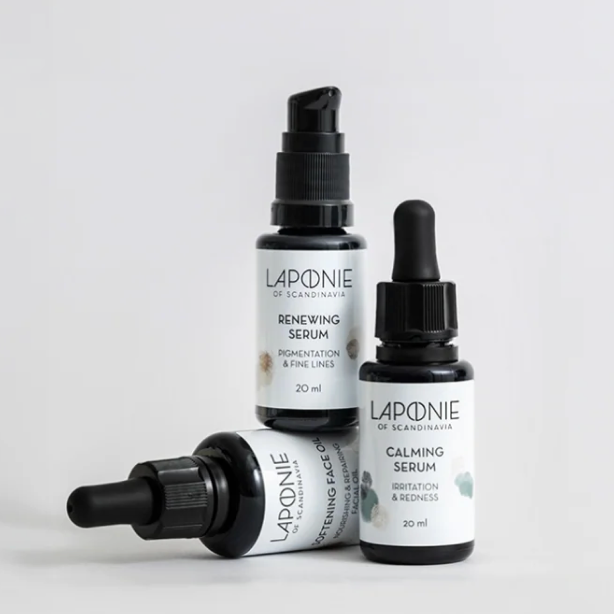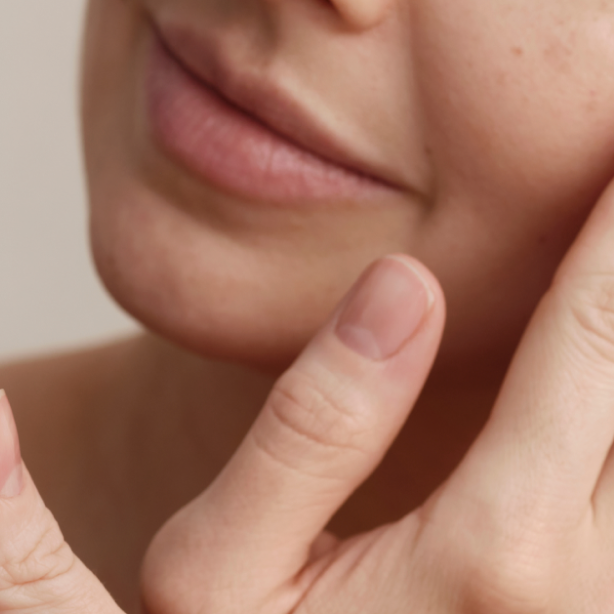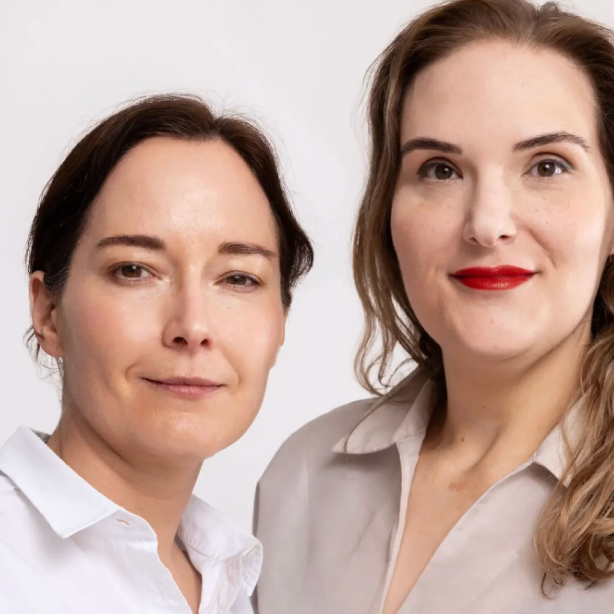
What is seborrheic dermatitis?
Seborrheic dermatitis is an eczema that can be found on seborrheic areas, such as scalp, ears, eyebrows, nose, beard, arm pits, back, chest or genital areas. Typically these areas are prone to sweating. It is seen more often in men, but also women are affected and the typical patient is a young adult or middle-aged. Also small babies get seborrheic dermatitis.
How is seborrheic dermatitis diagnosed?
Seborrheic dermatitis is diagnosed clinically – there is no need for laboratory tests or yeast culture. The disease usually starts in the early teens with eczema, itching ad scaling of the skin in the alar nasal sulcus. Eventually the symptoms spread to other seborrheic areas. It can be hard to differ seborrheic dermatitis from atopic eczema and psoriasis, at least at a early stage. Seborrheic dermatitis in the groins or on the penis are often misdiagnosed to be fungus, yeast or bacterial infections. In the face, seborrheic dermatitis might be misinterpreted as rosacea, even though it is not uncommon that both seborrheic dermatitis and rosacea occur simultaneously.
What are the root causes of seborrheic dermatitis?
The root cause of seborrheic dermatitis is unknown, even though it is often associated with excessive sebum secretion from the sebaceus glands. Some cases are associated with yeast infection (such as Malassezia and Cryptococcus), and therefore topical creams against yeast might help in the treatment of seborrheic dermatitis.
What are the common treatments for seborrheic dermatitis?
The treatment of seborrheic dermatitis is symptomatic, and it is important that the patient understands that the disease is chronic and can not be entirely cured. The treatments aims to calm the symptoms and reduce the flare-ups.
The cornerstone in the treatment is washing with water and an effective but gentle cleanser daily. Some studies show that sulphates, and SLS in particular, may aggravate symptoms of seborrhea, so it may be beneficial to exclude these. The scaling of the scalp can be reduced by washing with a yeast shampoo 1-2 times a week (eg. ketoconazole). If there is eczema, the treatment include corticosteroid or takrolimus/pimekrolimus creams. Sometimes the creams should also include an agent against yeast infection (eg. miconazole) or chlorhexidine. These creams can be found over the counter at the pharmacy and therefore a doctors appointment is not always necessary, if the diagnosis is set. If there is also folliculitis (ie. inflammation of the hair glands) the doctor can describe a cream that also includes a small amount of sulphur.
What aspects of skincare should be considered for seborrheic dermatitis?
Washing with a deep-cleansing, but gentle and preferably oil-free, cleanser, and following up with the right kind hydration and care are both key. Heavy creams will easily make seb derm worse, so opt for a light moisturiser, which is lower on oils. Sometimes it's recommended to avoid oils together, but eliminating them entirely may contribute to skin feeling dry and making flaking worse. Seb derm patients may also benefit from lightly and carefully exfoliating scaly areas, e.g. around the eyebrows and around the eyes, to improve the appearance of skin. Enzymatic peeling may be a good option, as mechanical scrubs and acid peels may be too harsh.
Are there dietary aspects to consider?
There is no clearly established effect of diet on seborrheic dermatitis, even though there are some studies that show that highly processed food might worsen the disease. The disease is commonly seen in patients with diabetes and obesity, so high blood sugar levels probably also have an impact.
Marika Schröder (MD, PhD) is a Finnish specialist in dermatology with years of experience diagnosing and treating skin cancer and skin diseases, working both surgically and with laser. She is interested in aesthetic skin procedures and has in-depth knowledge of new treatment forms for seborrheic dermatitis. Dr Schröder heads the Skin and Aesthetics Division at Pihlajalinna Hospital, one of Finland’s leading providers of social and healthcare services.



